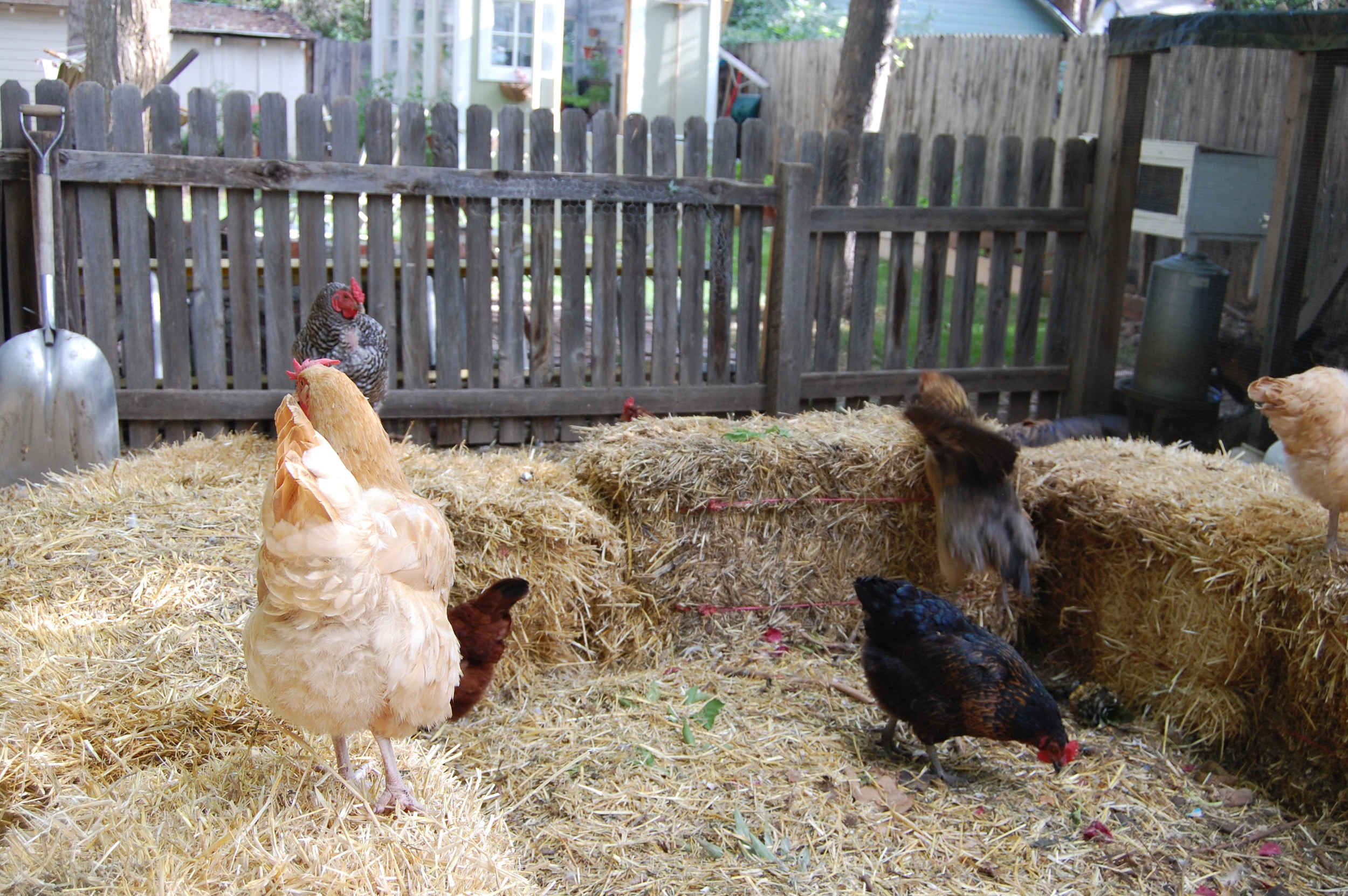Peeling Chicken Feet - a homesteading adventure story
I am a first generation homesteader. Well, in a way. The skills I am learning are not new skills. This knowledge I am soaking up about learning to grow vegetables, save seed, preserve my harvest - and raise animals for meat - are all skills my grandparents and great-grandparents definitely had.
They knew the basics of how to store root vegetables in a cellar, of how to make their own bread, and probably ...
...how to peel chicken feet.
But me? Well, let me tell you my story.
We've been raising chickens since our firstborn was tiny. Both my husband and I had chickens growing up, so raising them for eggs was natural. But neither of us had much chicken farming experience beyond egg production.
Once we made the decision to try and grow as much food as possible - we began to see the chickens as more than a hobby. We wanted them to be put to use in every way. As we learned more about soil health and composting, they became even more crucial to our homesteading success.
Learning how to butcher our own chickens was another way to make sure we were valuing these animals. You can read more about that process HERE.
So that is where we were last year. We had spent a couple of years learning to butcher, process and prepare our own chicken and rabbit which we had raised. It felt good knowing we weren't wasting anything.
But were we?
We are big believers in home made bone broth. We use our vegetable scraps and any leftover bones regularly. (Here's a simple way to do it) One of the reasons bone broth is so beneficial, is because of the vitamins, minerals and gelatin that releases from the bones. They are extremely healing to the immune system. (Read more details HERE.)
One secret to a really nutritious bone broth, I'd read, was CHICKEN FEET.
Chicken FEET? Really?
Now .. it only takes a little observation to realize that chicken feet are... really......
NASTY.
They are the hen's best tool to scratch, dig and fling all sorts of things around in the compost pile. And no matter how clean you keep your coop - those claws are going to be downright dirty.
Now, not having a relative to pass down this knowledge to me - I was truly mystified. How ON EARTH would I be able to clean those feet well enough to get them anywhere near our food? After burying many feet into the compost pile along with the feathers and innards (from butchering) ... I finally got the courage up to save some for the pot. The girls used a brush and we scrubbed them outside as best we could.
Once I got them into the kitchen sink, though - the problem became apparent. These feet have scales, and the scales get dirt and junk under them - kinda like fingernails. (are you gagging yet?) No matter how much I scrubbed, I coudn't get them clean enough.
I'd seen chicken feet for sale in Asian markets and even at Natural Food meat counters before - but they didn't look like these. They were clean. What was I missing?
I picked up the phone and called my friend Will. I'm grateful to have a few friends with some of this rare homesteading knowledge to share. He tried not to chuckle while I told him I was nearly gagging trying to get these feet clean. What should I do?
BOIL THEM for a few minutes. He said. And the outer layer of the feet will peel off like a glove.
Well I wouldn't have thought of that.
We did as he said, and sure enough - the outer scaley skin layer peeled off - very reptile-like. WEIRD. What came next, Will forgot to mention. The chicken's toenail popped off revealing a totally clean, new one underneath. WHAT?!
So here I am at my kitchen sink doing this bizarre thing - calling for the girls to come look. First it was 'EEW!' but it then turned to 'LET ME TRY!'. The peeling and popping off toenails was strangely fun. And true enough - we had some beautifully, without-a-doubt CLEAN chicken feet at the end of it:
I had to take a quick video. Here we are peeling chicken feet for the first time - still in our GROSSED OUT/SHOCKED state:
Learning this new skill somehow warms my heart. It makes me feel connected to the generations that went before me. Sadly, we have about a 100 year knowledge gap in our society. Since the rise of convenience foods, grocery stores, mass produced meat and factory farms, we have all but lost much of this important food knowledge.
We did add them to our next batch of soup stock. Gia helped me:
In case you were wondering, the feet did not add any new or different flavor to our stock. It tasted as delicious as always.
I'm wondering if this bizarre sight will become a bit more normal to us with time. Not sure, really.
What I am sure of though, is that little by little - the homesteading skills and knowledge that generations past took for granted - are becoming important to many of us again.




















